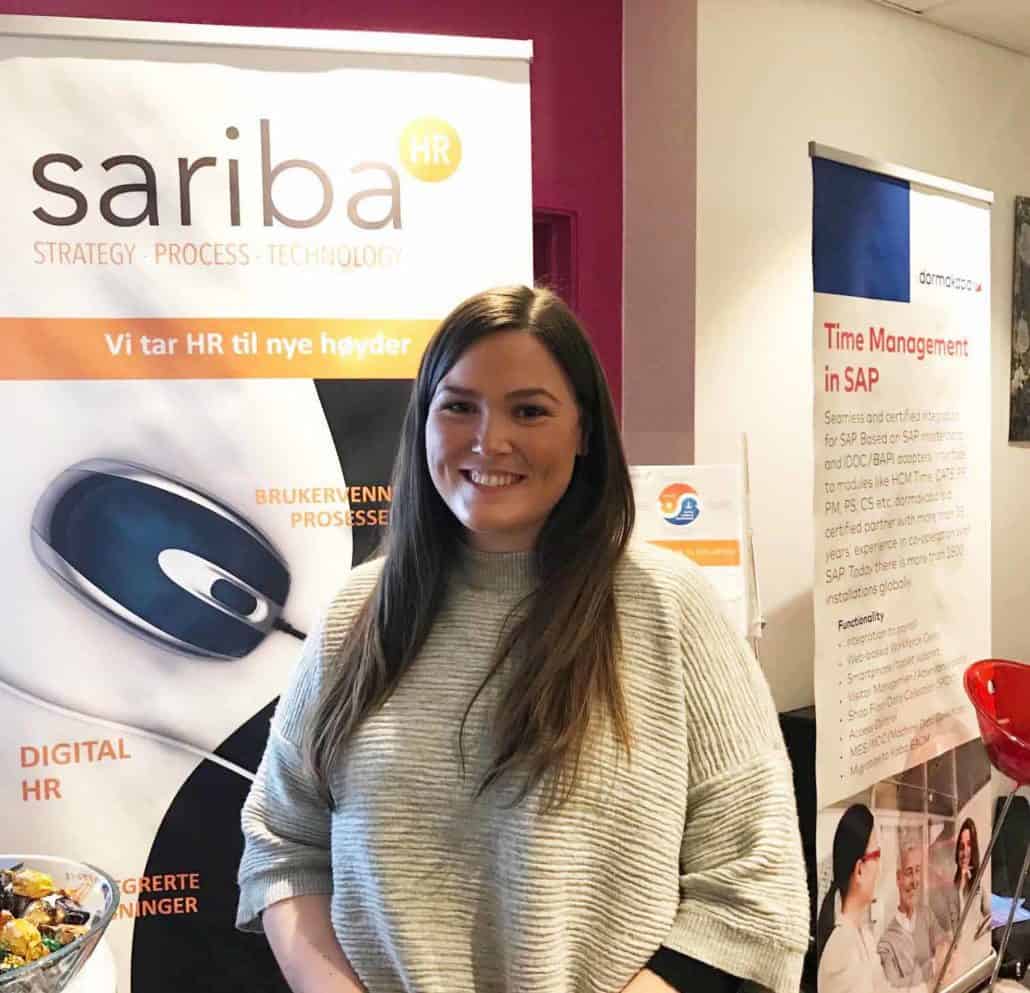JM Norway one of Norway's largest and most reputable housing suppliers, and part of the listed Swedish housing company JM AB. JM is committed to safety, simplicity and functionality. Smart solutions and efficiency should characterize all their housing projects.
This does not only apply to customers. The internal HR project "Project Effect" is based on many of the same ideas.
HR Controller Marianne Andersen at JM played a key role in the project and was the owner of the change strategy. We caught up with Marianne to get an insight into the project from JM's side.
Marianne says that JM has a goal of becoming a digital leader in the construction industry. Part of this was to digitize a number of manual processes within HR and HR, and "Project Effect" was established.
"Project Effect" had four overarching objectives:
- Less dependence on individuals.
- Correct cost allocation
- More time-efficient systems with fewer manual steps
- Better user interface
Marianne talks about the idea behind the project:
- We wanted to improve our ability to implement change processes and had a goal of 'zero paper' in HR processes. A willingness to change was an important element.
What challenges did JM have that led to "Project Effect"?
"There were a number of challenges and needs that underpinned the project:
- Old system in dire need of modernization
- Many manual solutions - especially within payroll , travel and time
- Need to become less dependent on people, e.g. in the payroll
- Ensure the correct allocation of payroll costs to projects and cost centers
- Reduce resource usage across your organization
- Better user interface with employees and managers
- Create conditions for moving tasks from a central point of view to the enterprise
What were the most important phases in "Project Effect"?
"We saw that the project became extensive, and made a decision to divide it into phases:
- payroll /economy
- Digital employee files
- Sick leave
- Travel management on mobile and on-premise. These were merged into a phase for increased efficiency.
- Time registration for white-collar
- Time registration of skilled workers
Marianne explains that the project provided a lot of learning in relation to change management:
"We had a very close cooperation with Sariba in planning and implementation. The project was extensive, and it was crucial to get enough time for changes and quality. Then the phases had to be taken in the right order, and we had to avoid going live with too much at once. If one is to succeed with such a project, one must understand the impact of change on the employees, and make them understand why the changes are implemented. Information in several channels is important before and during the project.
How were the desired changes received by the employees?
"It is said that "everyone wants change, but no one wants to change", and it is a known challenge in change projects. We thoroughly considered what could be digitized and what should remain manual. Among the skilled workers, for example, we have many on piecework contract, and timekeeping for them was a manual weekly process for the supervisor. The solution became a Neptune-based app that simplified and automated the entire process.
How have you combined the use of SAP standard, purchase of add-ons and development of own applications?
"We set up a combination of portal and app so that users could choose. We assumed that the app would be most important to many, but found that many people did not understand why they should use it. It was a learning experience for us.
Specifically, we created solutions such as the app "JM Employee", where the user can enter hours and associate costs with the project or cost center. Travel and expense reimbursement were previously done manually on paper, with an employee punching data into SAP. It was both a resource-intensive process and a challenge in terms of auditing requirements. We solved this with a NWBC solution ("Human Resources Portal") and a Neptune app. In the long term, we are considering including sick leave in the app.
How would you like to evaluate your project?
"We have done a lot and good learning through the project, both for better or worse:
- We could have a better analysis of users' needs and what actually gives them added value
- We've been thinking about process from start to finish – it's incredibly important not to miss details
- We could have had even more focus on usability in all processes.
- More internal support and training resources should have been set aside
- By using real and relevant data instead of dummy data in testing and training, we made it real and easy for users to understand how the solution actually becomes
One of the most important experiences Marianne and the project did was that they could have had greater awareness of where the initiative came from:
"With us, it came not from the users, but from a preliminary study. Then the project is easier to anchor, but you may lose some of the genuine motivation along the way. To compensate, we involved key people in workshops along the way.
What are the main success criteria for such a project?
"For us, this was as much a change management project as a concrete efficiency project, and many of the success factors are about just that:
- Mapping and analysis – With us, the choice was between retaining/improving the system, replacing it in its entirety or outsourcing the processes. With good preparatory work, the changes became easier.
- Expectation clarification
- Anchoring in management
- Cost and project management
- Ease of use is incredibly important – you shouldn't launch something new just because it's digital
- Testing and troubleshooting are crucial, especially stress testing where all possible errors are taken into account
- Involve your organization and use real data in your testing. Then you make it as real and relevant as possible.
What gains and opportunities does JM see now and in the future?
"We can quality assure data better (big data), and have a much better user interface. The workflow has become more digital and thus more efficient, and we have reduced the number of manual process steps. Through the project, we have also made the managers responsible in their respective areas.
Going forward, we will implement processes for improvement proposals, establish super users and spearhead networks for anchoring the solutions. We will also have ongoing evaluation of the system and process. We'll also be running an app campaign for increased usage.
How would you describe your cooperation with Sariba?
"They have been very transparent and involved in project management, and contributed a lot of expertise and experience. There has been regular contact between us and the project contacts, with a low and natural threshold for contacting us. Sariba genuinely had good intentions and a real desire for the project to succeed. Sariba kept his price commitments, but there have been some additions. We have had a sensible dialogue around this along the way.
We're glad Sariba's not that big. Proximity to the consultants provides greater continuity, security and quality.


